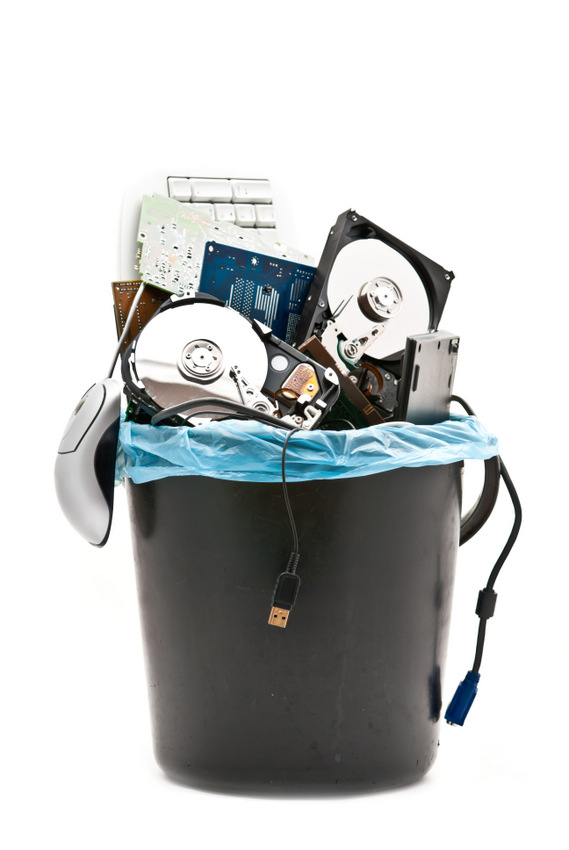Era of Personal Computing, PC-plus Era or even Post-PC Era – Where are we? What stage in the evolution of technology have we entered, which have we exited? What marked the transition? In 2006 HP launched a new campaign called The Computer is Personal Again, putting more emphasis on empowering users and enterprises and paying little attention to the technical matters. That was a moment when many remembered the great distance computing had traveled from room-sized devices that were anything but personal, to the small devices we carry today that satisfy such personalized needs. Every year, technology developers do their best to present to consumers either new devices or improved versions of the previous models. In the past few years, critics have been more vocal than ever, alleging lack of innovation. Are they right. or does everybody need to calm down and take a deep breath? If we are to reflect upon the history of technology we see a clear pattern: at first, devices are used by businesses. Only after reaching a stable foundation are they produced for the masses; then the product needs to mature before the mass market adopts it. Some say that innovation comes in cycles of fifty years, equally divided between the enterprise environment and the general public’s adoption life cycle. Ideas will never cease to surface. But in order to have a new idea succeed, the timing must be right. A new idea typically comes only after the previous one is perfected. Each innovation is built on the knowledge a previous one brought. People have to be mentally prepared to embrace the new. With the expansion of the hardware, the software sees considerable growth. Software is growing in value and perhaps the best example would be the gigantic move...
End of an Era?
More like an equilibrium
According to Gartner, the worldwide PC shipments are expected to drop from 341 million units in 2012 to 305 million this year (-10.6 percent), and reduce to 289 million in 2014. Sales are on a downslide partly because of the competition from tablets, and even smartphones to some extent. At a first glance, this decrease may seem worthy of one of those frequently used online headlines like “The end of the PC era.” Up close, it appears like PCs have arrived at an equilibrium. Those currently in use have enough power to satisfy the needs of most users, while the incremental improvements in the newer models are not enough to warrant investment in another PC. For the business environment, the stable, reliable, unexciting PC remains an important device. The Gartner report divides the devices and provides shipment numbers for other ones, also, such as “ultramobiles,” tablets and mobile phones. Each research firm has developed its own measurement system, and the categories are not always cohesive. For Gartner, ultramobiles include “Chromebooks, thin and light clamshell designs, and slate and hybrid devices running Windows 8.” All these sectors are thriving, the report shows that the overall shipments are up 5.9 percent this year, and predicts further growth for next year. An increase of over 60 percent year over year is forecasted for tablets as consumers and professionals have discovered that portable devices can meet many of their needs, freeing them from their desktops and allowing them to move freely. The lower priced basic tablets seem to be taking up a higher share and at a faster pace than previously anticipated. Case in point: sales of the iPad Mini represented already 60 percent of overall iOS tablet sales for the first quarter of 2013. “The increased availability...


